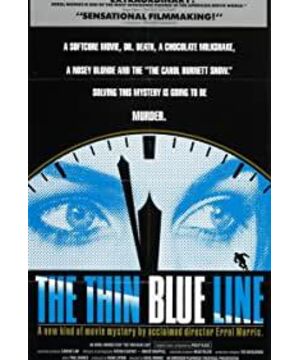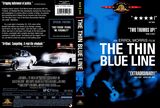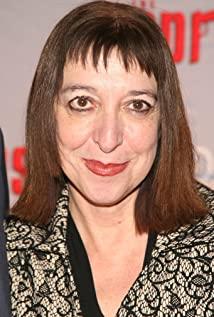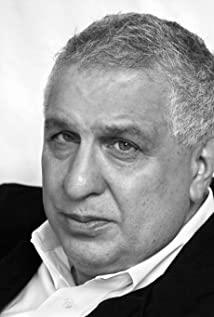It's a murder case, so suspense is set throughout the film. Morris was very successful, he was an oral documentary but he chose very good subjects and had a lot of impact. In addition, the second difference between this documentary and the oral history documentary is that only one or a few participants in the oral history are speaking, while this case documentary can present the statements of representatives from various aspects, lawyers, witnesses, Defendant, policeman, friend. . . Being able to bring all the participants in front of the camera for in-depth interviews is convincing. At the end of the film, the most crucial suggestive witness testimony of perjury can be obtained, which achieves the effect of reversal. The little boy said to himself at the end: He is guilty because he let a homeless me sleep on the street late at night and not let me sleep. In fact, the reverse of this sentence means that the 28-year-old defendant did not kill. He was just offending a sociopathic little boy. The whole structure of the story unfolds in a thread-like way. But the whole story is repeated over and over again. But each repetition of the story adds new information. First, describe what you did that night from both sides. The police then explain their connection to the case. Two people then describe their own version of the case. The police then state their point of view, and then bring in more detailed information about lawyers, other witnesses, others' suspicions and evaluations of these later witnesses. Like a tree-shaped narrative structure, from the apex to the last, a fan-shaped information sum, the audience is constantly attracted by the newly presented information, and then guesses with the director what the real truth is. There is no problem with close-up faces, but the top of the head is always cut off. Generally speaking, during the interview, the top of the person's head will keep a little distance from the border. Not only does this composition cut off the top of the head, but it also doesn't follow the 1/3 rule of thumb. During the interview in this video, all the people were placed in the center of the screen, not a little to the right. Maybe this is what the director can create, to emphasize.
View more about The Thin Blue Line reviews









